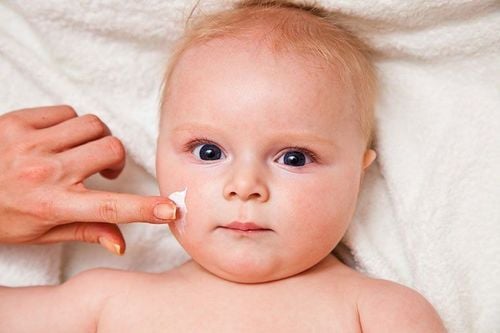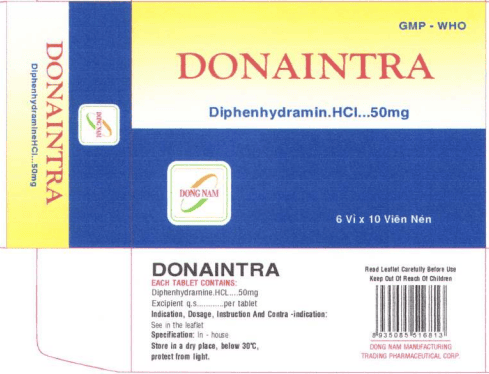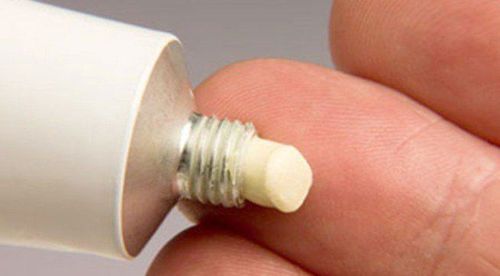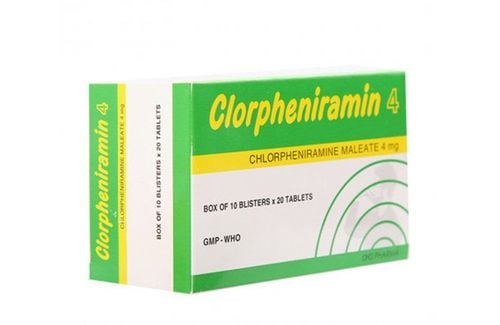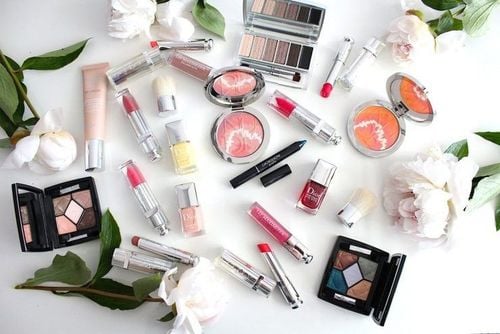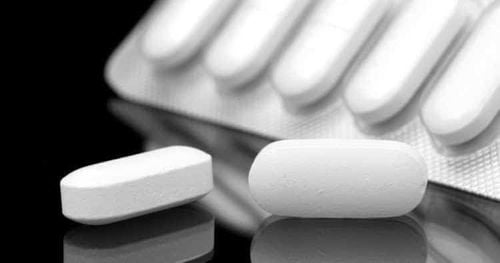This is an automatically translated article.
Facial allergies are a common problem, especially in dry winter weather. This condition can be caused by many different symptoms. Identifying signs of allergy will play an important role in finding solutions to overcome and limit recurrence.
1. What is a facial allergy?
The skin on the face is the thinnest and most sensitive part of the body, so this is an area that is often very susceptible to allergies when exposed to allergens.
Allergy on the face is defined as a condition in which the facial skin appears red, rash due to contact with certain agents that have the potential to cause allergies. Facial allergies cause many different types of skin lesions with many areas of skin affected.
The degree of allergy on the skin depends on the cause, the patient's location as well as some other accompanying factors.
Some causes of facial allergies such as:
Cosmetic allergy; Facial allergies due to seasonal allergies; Allergy to insects, animals; Allergies caused by contact dermatitis; Food allergy ; Allergy to the drug being used. Usually, people with facial allergies will have a reaction in the area of the nose, chin, forehead and cheeks. In others, facial allergies can spread to the ears, scalp, and neck.

Người bệnh cần tìm ra nguyên nhân từ đó tìm ra cách giảm dị ứng da mặt
2. Signs of an allergic reaction in the face
A common sign of an allergic reaction on the face is a red rash accompanied by itching on the skin. The cause may be due to an allergy to the cosmetic being used. This condition causes the skin to increase sebum production, clogged pores in the condition that bacteria nest, multiply and grow. Burning pain in the area of skin that has just used cosmetics with intermittent itching, swelling, redness, and hives like mosquito bites.
In addition to the symptom of a red rash on the face, other signs that may occur include:
Urticaria: This is an allergic condition on the face accompanied by many papules. Papules are similar in appearance to mosquito bites or whiplashes on the skin, accompanied by unpleasant itching; Atopic dermatitis: The telltale sign is the appearance of red patches on the surface of the skin. Sometimes accompanied by acne, blisters appear, you have a severe facial allergy. This is a case that needs close monitoring and treatment by a dermatologist because there is a risk of blisters bursting causing skin infection; Contact eczema: This condition is easily recognized by the appearance of a clearly defined erythematous patch on the skin surface, accompanied by blisters and persistent itching. Dry skin: This is a common condition in winter when the humidity in the air is low with clinical signs of dry skin and scaling. Skin atrophy: This sign is seen in people who are using drugs with long-term corticosteroids. Darkening of the skin: Appears when there are signs of hyperpigmentation on the surface of the skin, making the skin much darker. Skin aging: This sign is common with people who abuse cosmetics a lot, causing the skin to wrinkle, dry, easily catch the sun, making the skin melasma, brown spots, hyperkeratosis.
3. How to reduce facial allergies at home
Signs of allergic reactions in the face may improve on their own or disappear after a period of treatment. However, in order not to affect the aesthetics and quality of life, you can do the following ways to reduce facial allergies at home:
Avoid strong rubbing on the skin surface such as scratching, scratching or scratching. rubbing too hard; Limit applying too many layers of cream or too thick makeup, keeping it on the skin for a long time because it can cause clogged pores; Limit the use of foods containing a lot of sugar and stimulants; Avoid eating or drinking foods and drinks that are highly allergenic such as: stimulants, hot spicy foods, shrimp, crabs..; When moving out, it is necessary to wear a mask to limit harmful agents from attacking the facial skin, and at the same time, it is necessary to limit direct exposure to the sun; Facial skin needs to be properly and cleanly cleaned with suitable facial cleanser products. At the same time, you need to keep the habit of regularly cleaning blankets, pillows and towels; For people with a history of cosmetic allergies, it is recommended to test new products before use to reduce facial allergies. You should test your skin's reaction to the product before using it. Wash your hands and face before applying makeup: This is the most basic way to reduce facial allergies. When you have eye pain, or unusual itching in your eyes, you should not apply makeup to this skin area. An important note is that when the cause of facial allergies, itchy bumps or rashes is still unknown, you should get in the habit of recording foods, drugs, and cosmetics that have been used and used in the past. daily activities. This is important to identify allergy triggers and reduce facial allergies.

Người bệnh có thể tìm hiểu một số cách giảm dị ứng da mặt tại nhà
4. How to cure food allergies
Some food allergy treatments such as:
Food allergy treatments include giving anti-allergic drugs such as antihistamines, corticosteroids (methylprednisolone) orally or intravenously, vitamin C and other medications. other oral anti-inflammatory. In case of food allergy leading to anaphylaxis, the first drug of choice is adrenaline. Adrenalin can be injected intramuscularly, subcutaneously, intravenously depending on the patient's condition and according to the protocol of the Ministry of Health. For people who have ever had food-related facial allergies, the following main preventive measures should be taken:
Determine if you are allergic to any food group, you should not eat or come into contact with these foods. that product; Carefully review the menu, ingredients and food groups to avoid mistakenly eating foods with pre-existing allergies; Stay away from food preparation areas because accidentally inhaling food vapors belonging to an allergic group can also cause an allergic reaction in the face; Do not use dead seafood or unsanitary processed food. The reason is that this food group may contain a lot of histamine due to bacterial infection; Avoid cross-allergenicity when eating foods of the same type, for example, a person who is allergic to sea crabs should also not eat other seafood such as crabs, squids, shrimp, oysters... In short, having allergies in the face is a problem. It is common for many reasons with different symptoms. Common signs of an allergic reaction on the face are a red rash accompanied by itching, hives, eczema or darkening of the skin... Therefore, recognizing the signs of an allergic reaction on your face will help you proactively prevent and treat allergies. treatment.
Please dial HOTLINE for more information or register for an appointment HERE. Download MyVinmec app to make appointments faster and to manage your bookings easily.




